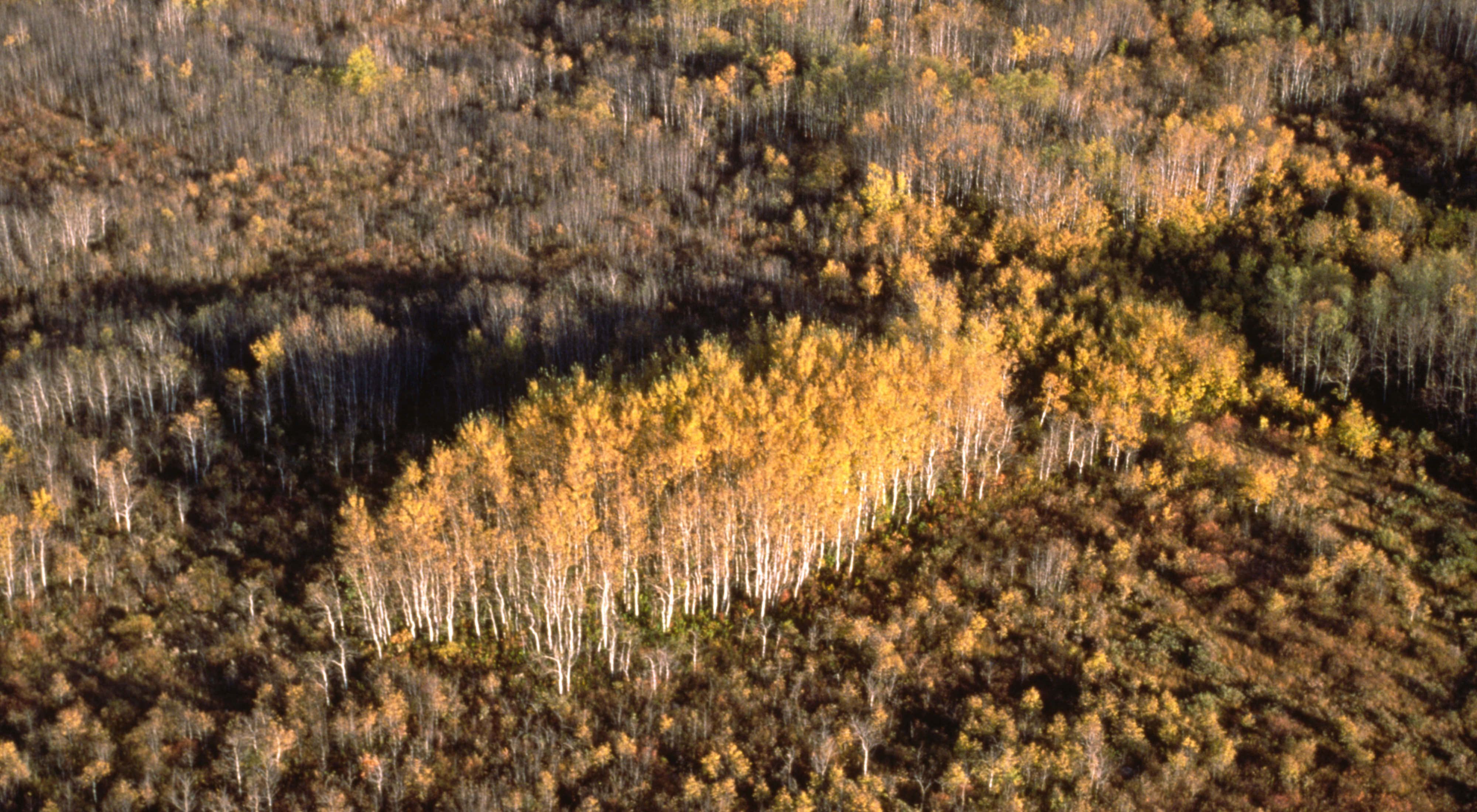Description
The Nature Conservancy protected approximately 320 acres in Kittson County. The Minnesota County Biological Survey considers this an area of “outstanding biodiversity significance,” noting its rich fen peatland. TNC acquired three non-contiguous tracts that include a woodland, a wetland and a rich fen peatland. All are within or adjacent to Beaches Lake Wildlife Management Area.
Their protection removes the risk of development that would fragment this natural area, which is still used by large mammals such as moose and bears roaming the surrounding Tallgrass Aspen Parkland landscape.
The Nature Conservancy acquired the land through the Conservation Partners Legacy Program administered by the Minnesota Department of Natural Resources. The program funds projects that restore, enhance, or protect Minnesota's forests, wetlands, prairies and habitat for fish, game and wildlife.
Funding for the Conservation Partners Legacy Program was provided by the Outdoor Heritage Fund, created under the Clean Water, Land and Legacy Amendment, through an appropriation by the Minnesota Legislature as recommended by the Lessard-Sams Outdoor Heritage Council.
The property is open to the public for hiking, photography and bird-watching. The Minnesota State Constitution requires all properties purchased with Outdoor Heritage Fund dollars to be open to the public taking of fish and game during the open season.
As a result, hunting, trapping and fishing are allowed on this property in accordance with Minnesota Department of Natural Resources Wildlife Management Areas rules published in the Hunting and Trapping Regulations Handbook.
Many of the properties purchased through the project are adjacent to private lands that are not open for public hunting. Please restrict hunting and fishing activities to only those lands clearly marked with signage showing they are “Open to Public Hunting.”
TNC manages Conservation Partners Legacy Program properties using strategies including prescribed fire, conservation grazing, and the removal of encroaching trees and brush. These methods will benefit wildlife, preserve clean water and provide recreational opportunities.

